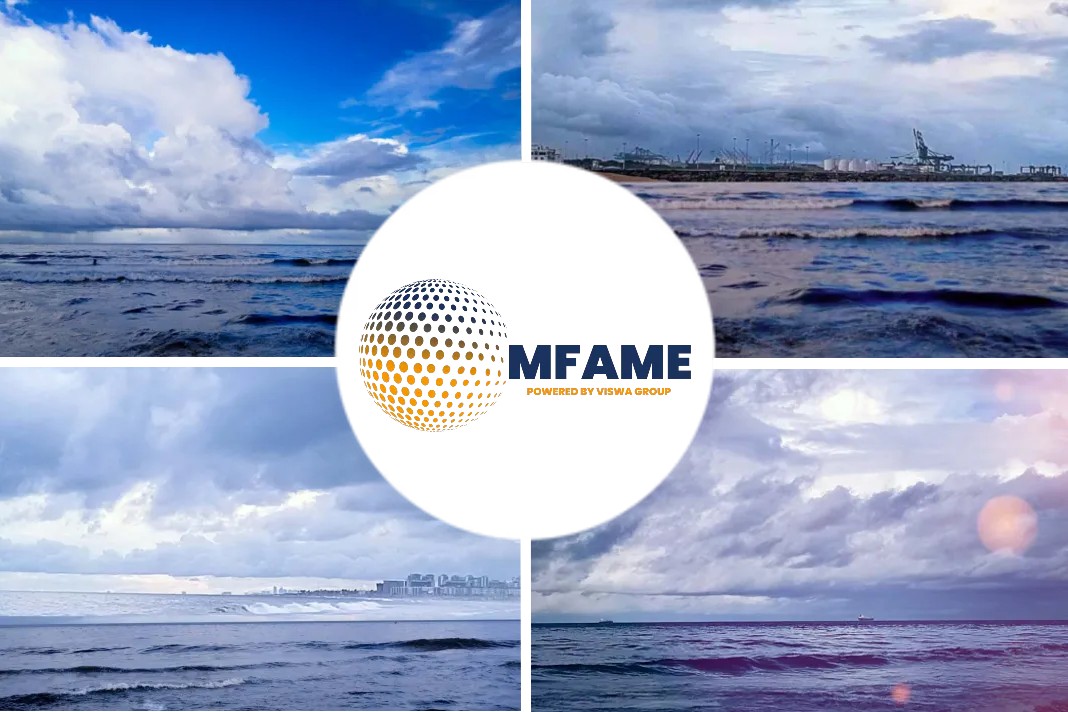
Dutch dredging and heavy-lift company Boskalis, through its subsidiary SMIT Salvage, has reached an agreement with the United Nations Development Program to prevent a potential oil disaster in the Red Sea. The project involves draining the remaining oil from a stranded oil tanker, the FSO SAFER, which has been sitting in the Red Sea off the coast of Yemen since 2015. The operation is expected to cost around $129 million, reports Fleet Mon.
About FSO SAFER
The FSO SAFER is a 406,600 dwt ship that was used for storing and transferring oil. Built-in 1976, the ship has a single hull and can hold 1.14 million barrels of oil. However, the ship has been in a state of limbo since 2015 in the Red Sea, moored nearly 9 km off the coast of Yemen and 50 km Northeast of the port of Hodeida.
It has remained untended due to the ongoing civil war in Yemen, slowly rotting away. It has degraded to the extent that experts have been warning of the impending threat of the ship’s hull breaking for months. If this happens, it could cause an oil spill four times worse than the infamous Exxon Valdez disaster.
The ship’s outdated single-hulled design, with only one layer of metal separating the cargo tanks from the ocean, makes the threat of a potential oil leak much more likely. A spill from this vessel would cause severe environmental and economic consequences, affecting marine life, coastal communities, and even international trade.
To prevent this disaster, the UN has raised $99.6 million but needs an additional $29.4 million, for which the UK and Dutch governments are organizing a fundraising event on May 4th. Boskalis will undertake the project in several phases. The company is deploying a support vessel called the NDEAVOR, with a specialized team to remove the oil from the stranded tanker and clean its tanks. The vessel will sail from Rotterdam to the port of Djibouti, where the crew will prepare before heading to the stranded tanker. NDEAVOR left Rotterdam on the 20th of April and will be arriving in Port Said, Egypt on the 12th of May 2023. The initial phase will consist of surveying the area and establishing a safe working environment.
Once this part of the project is complete, an UN-purchased VLCC called the Nautica will float alongside the Safer and take on the oil that will be pumped out of the Safer. The tanks of the Safer will be cleaned, and even the residual water will be transferred to the Nautica. This entire operation is expected to take around two months to complete. Once drained and cleaned, the FSO SAFER will be towed to a green ship-breaking yard.
Did you subscribe to our daily Newsletter?
It’s Free! Click here to Subscribe
Source: Fleet Mon















